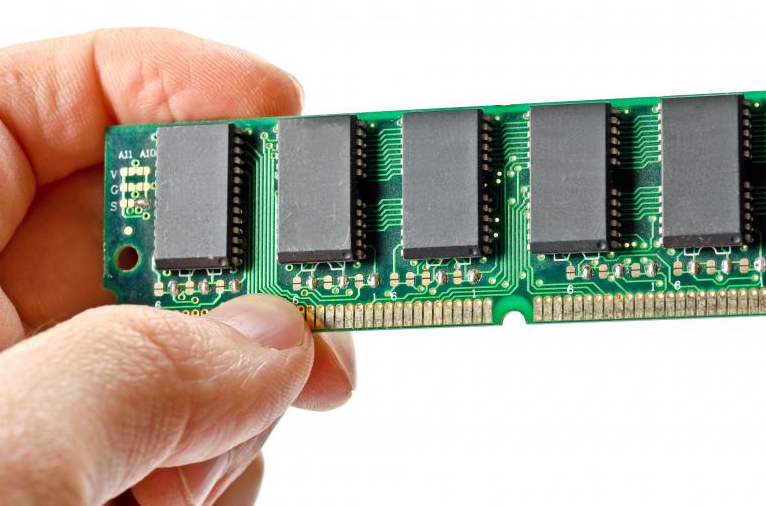

- CACHE MEMORY PICTURES FULL
- CACHE MEMORY PICTURES ANDROID
- CACHE MEMORY PICTURES CODE
- CACHE MEMORY PICTURES DOWNLOAD
Not included in the cache size is the cache memory required to support cache-tags or status bits.
CACHE MEMORY PICTURES CODE
The size of a cache is defined as the actual code or data the cache can store from main memory. This information is held in the data section (see Figure 12.4).

The directory entry is known as a cache-tag.Ī cache memory must also store the data read from main memory. It uses a directory store to hold the address identifying where the cache line was copied from main memory. The cache must know where the information stored in a cache line originates from in main memory. All three parts of the cache memory are present for each cache line. It has three main parts: a directory store, a data section, and status information. CHRIS WRIGHT, in ARM System Developer's Guide, 2004 12.2.1 BASIC ARCHITECTURE OF A CACHE MEMORYĪ simple cache memory is shown on the right side of Figure 12.4. Interpolation term is needed for loss functionĬomputation complexity and Data reductionsĪNDREW N. Interpolation term needed for loss function (option)Ĭomputation complexity and data reduction with zero-skippingĬompression/Decompression by data-encodingĪctivations, Parameters Temporal Variables Sharing the weights intra-layer and/or inter layer Tensor Approximation with Low-Rank Tensors Knowledge Distillation from Larger Model to Smaller Model Lowering input vector by finding uncorrelated elements Pruning edges and units that do not contribute to accuracyĬomputation complexity and data reductions Reduction in the total number of parameters and/or activation functions Of course, if the flag is not set, this copying is unnecessary. Immediately before the cache location is replaced with new words from main memory, if the flag is set, the line will be copied back into main memory. At the same time, a flag in the cache line is set to indicate that the line has been modified. Since more than 70% of memory references are read operations, it is likely that the cache can continue to be read while the write to main memory proceeds.Īn alternative policy, called write-back or copy-back, is to write the new data to the cache only. We can overcome the slowing down due to the main memory write operation by providing that subsequent cache reads proceed concurrently with the write to main memory. This is important if there are any other devices in the computer that also access main memory 5.

The main memory then always contains the same data as the cache. The question is: when is the main memory to be written? The simplest answer is to write to both the cache and main memory at the same time. However, when the word is in the cache, both the word in main memory and the cache must be written in order to keep them the same.

When the microprocessor performs a memory write operation, and the word is not in the cache, the new data is simply written into main memory. Wilson, in Embedded Systems and Computer Architecture, 2002 15.2.1 Memory write operations When inserted data exceed,least recently used file is deleted and stores new file.Ĭache Memory is cleared in Application program level or Settings>Manage Applications>App Name.Įvery application has its own Cache Memory, one application cannot access the cache memory of other application.G.R. This stores limited amount of data in sdcard.
CACHE MEMORY PICTURES ANDROID
In list or Grid view,first images are downloaded from network and stored in cache as user scrolls down.When user Scrolls up the images is fetched from cache if it is available.ġ.LRU Cache(Internal application memory used)ĭisk Cache code is pulled from Android os.
CACHE MEMORY PICTURES DOWNLOAD
This would cache a minimum of around 2.5 pages of images in memory.i.e.In Your Grid View only 2.5 images are stored in cache.when you scroll up and down up to 2.5 images,it get the image from cache.when user moved to 3rd or 4th image.the first two images cache is cleared and new download image in cache.Ĭache Mechanism is used Mainly for Smooth scrolling of Images in list of Grid View.
CACHE MEMORY PICTURES FULL
On a normal device this is a minimum of around 4 MB (32/8)Ī full screen Grid View filled with images on a device with 800x480 resolution would use around 1.5MB (800*480*4 bytes). Use 1/8th of the available memory for this memory cache. Every Android Application has its own limited memory // Get max available VM memory, exceeding this amount will throw anįinal int maxMemory = (int) (Runtime.getRuntime().maxMemory() / 1024)


 0 kommentar(er)
0 kommentar(er)
